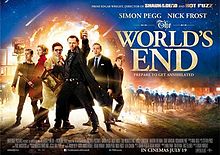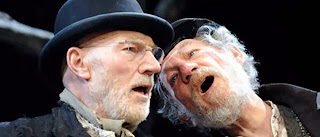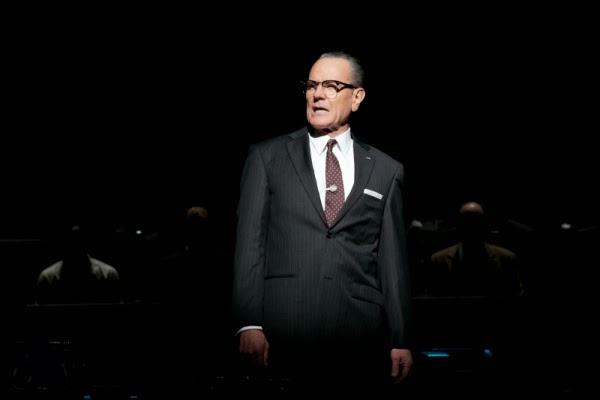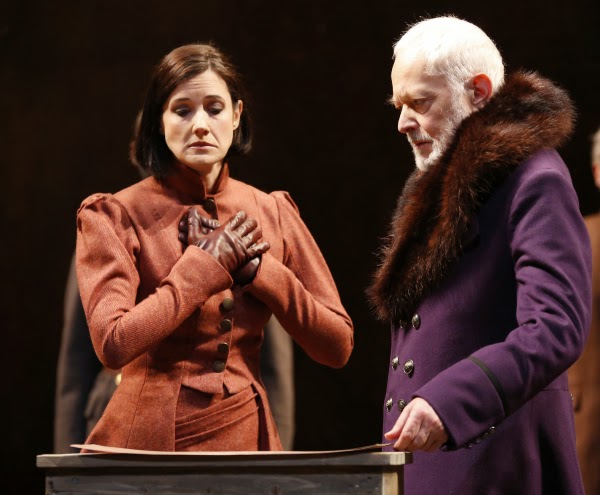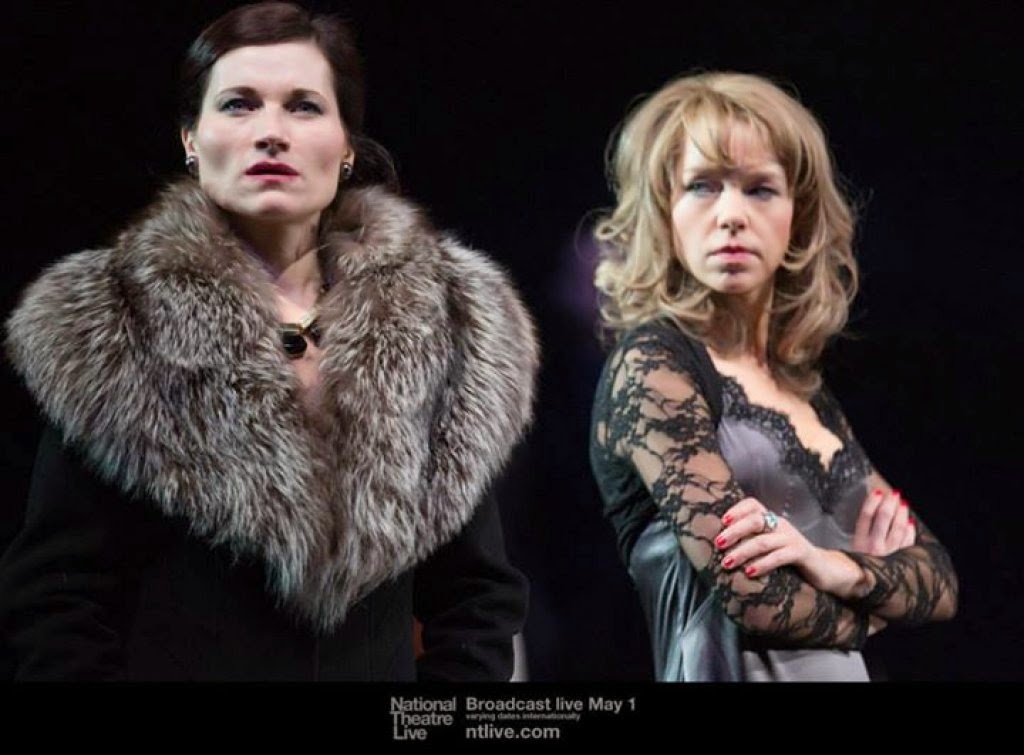Last week I was privileged to see the World Premiere of Terrence McNally’s new play, Mothers and Sons, in its limited run at the Bucks County Playhouse. In the 1990s, Mr. McNally wrote a play called Andre’s Mother for PBS’ American Playhouse series (based on a shorter play produced at Manhattan Theatre Club). Now at the behest of Jed Bernstein, Producing Director of the revived and revitalized Bucks County Playhouse in New Hope, Pennsylvania, McNally has written a beautiful piece of theatre about some who survived the decimation of the 1980s and 1990s along with some who know it as history alone.
Mr. McNally’s play engendered passionate conversations and tears of remembrance as well as gratitude for the enormous social strides that have brought us so far from the “furtive lives” Andre’s mother says he and other homosexuals led back in the day. In 1993, Andre died from the scourge that is AIDS.
The lights come up on Tyne Daly at the foot of the stage (and yes, the audience applauded her just for being at work when the lights came up). She is Andre’s mother, Katherine Gerard, and her son’s lover/caregiver Cal is pointing out the sights of Central Park that are visible from his Upper West Side apartment window. That they are avoiding something between them is clear from the start, but this is at this moment unknown. The tension is almost palpable.
 |
| Tyne Daly & Manoel Felciano in Mothers and Sons. (c) 2013 Bucks County Playhouse. Photo by Mandee Kuenzle |
Andre’s mother could never deal with her son’s homosexuality let alone his death, but here she is in 2013 visiting her late son’s former lover and caregiver, Cal Porter, in New York. Within two years of Andre’s death 20 years before, Cal tells Katherine, other friends had new drugs to allow them to survive — one skiing at that very moment at Park City. Cal’s anguish is present despite the decades. Nevertheless, he has moved on, and is now married to Will. They have a young son named Bud.
This new world is a shock and a nightmare to Katherine who is so blinded by her past expectations of life and the world that she cannot recognize reality, even in hindsight. She says her son had not been gay when he left their Dallas home at 18. No one in the audience knows what she said next, because the laughter that broke out sounded like a sustained bark drowning out the next line. Katherine would be agitated and confused. Ms. Daly was not.
Cal and his husband Will are raising a generous little boy who keeps it simple and offers this lonely woman a chance she’ll never otherwise have. Andre and Cal did not have the opportunity, in their time, to even contemplate fatherhood. Cal’s new partner, 15 years younger, came into a new world that allowed him to always believe he could have a family, always believe that he could have what heterosexuals have. Cal, on the other hand, is amazed that he’s living the life he now leads.
 |
| Daily, Grayson Taylor, and Felciano. (c) 2013, Bucks County Playhouse. Photo by Mandee Kuenzle. |
Will seems harsh and angry as he protects his husband against a woman who’d blamed Cal for her son’s death and her own misery. Yet it takes that outsider, Will, to force the reason for Katherine’s visit out into the open and to actually read Andre’s diary, stinging both Katherine and Cal with Andre’s words after the mother and lover had refused to read them for twenty years.
Tyne Daly is spectacular as Andre’s bereft mother, a woman chewed up from the inside out. Katherine is not a terribly likeable woman, but Daly makes us feel her pain and see the world through her eyes long enough to forgive.
Manoel Felciano is very fine as Cal Porter, sometimes shattered by his old loss, sometimes rejuvenated by his son and new life. A lovely and tempered performance.
Bobby Steggert is fierce as Will Ogden, and Grayson Tayloris charmingly blunt as Cal and Will’s son Bud Ogden-Porter.
At the refurbished, wonderful and welcoming Bucks County Playhouse, Wilson Chin designed a warm home setting, and costume design by Jess Goldstein was on the mark as were lighting design (Travis McHale) and sound design (John Gromada). Sheryl Kaller directed with rhythm and silences and discomfort and truth.
This was a very fine production of an important play, whose powerful emotions reflect on our society then and now for 80 minutes. I would tell anyone and everyone to go see this play, but its brief initial run is over. Now it’s time for some producers to pick up Mothers and Sons and give it legs to play NYC and Boston and Chicago and Minneapolis and LA and London and Paris and all the towns in between. The writing is lean and limber and passionate and smart. Mr. McNally’s contribution to the growth of the new Bucks County Playhouse can now run off to illuminate the world.
~ Molly Matera, wishing she could have transported the production home with her.







